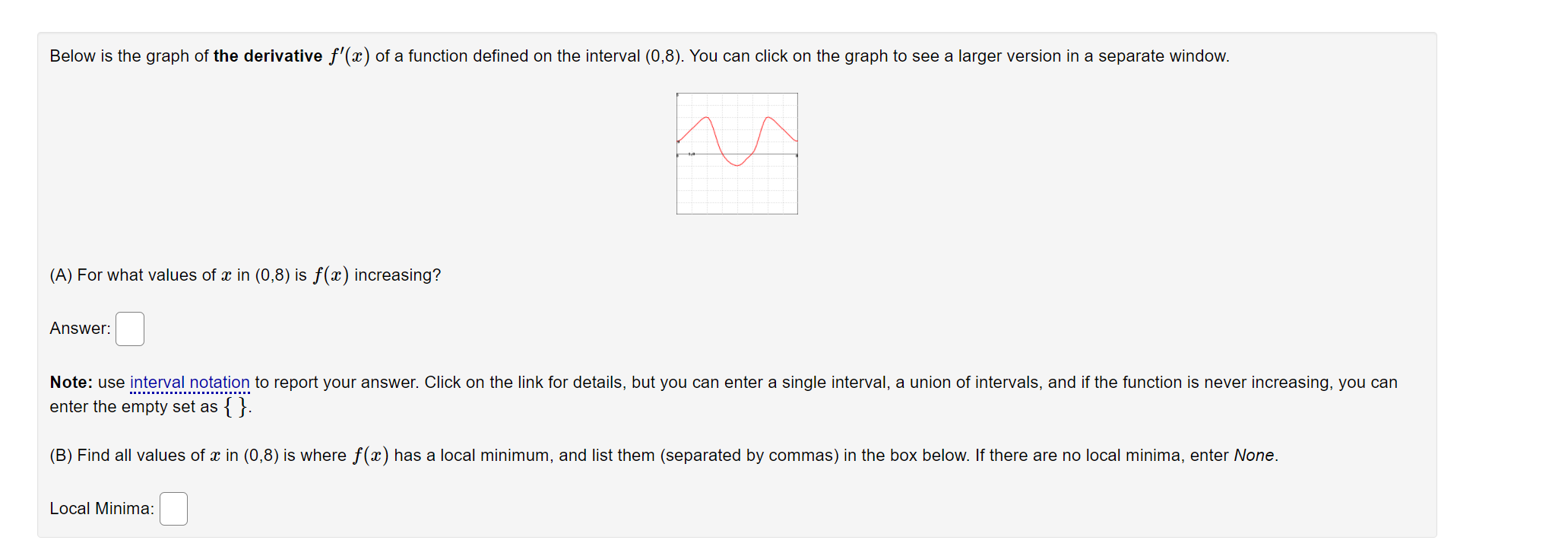Answered step by step
Verified Expert Solution
Question
1 Approved Answer
................... Let f(:c) : 71:4 7 3::3 + 71' 7 6. Find the open intervals on which 1' is concave up (down). Then determine the


...................



Step by Step Solution
There are 3 Steps involved in it
Step: 1

Get Instant Access to Expert-Tailored Solutions
See step-by-step solutions with expert insights and AI powered tools for academic success
Step: 2

Step: 3

Ace Your Homework with AI
Get the answers you need in no time with our AI-driven, step-by-step assistance
Get Started


